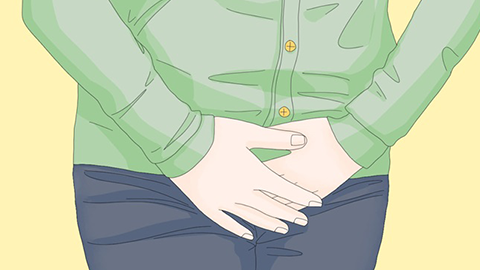How to differentiate between anal fistula and hemorrhoids
Anal fistula and hemorrhoids can generally be differentiated based on factors such as cause, typical symptoms, lesion location, appearance, and disease course characteristics. A detailed analysis is as follows:

1. Cause: Anal fistulas are usually caused by incomplete healing after rupture of a perianal abscess, resulting in an abnormal channel (fistula) connecting the skin around the anus with the rectum. Hemorrhoids, on the other hand, develop due to congestion and swelling of the venous plexus in the lower rectum or anal canal, commonly associated with prolonged sitting, constipation, increased intra-abdominal pressure, and similar factors.
2. Typical Symptoms: The main symptoms of anal fistula include recurrent discharge of pus from the perianal area and pain; the pus may irritate the skin, causing itching, and symptoms tend to recur frequently. Common manifestations of hemorrhoids include painless bright red blood during bowel movements, protrusion of anal masses, and sometimes a sensation of heaviness or pain in the anal region. Discharge of pus is typically absent in hemorrhoids.
3. Lesion Location: Anal fistulas involve a fistulous tract with an internal opening (located within the rectum or anal canal) and an external opening (on the perianal skin), forming a complete passage. Hemorrhoidal lesions are concentrated in the lower rectum or anal canal and are classified into internal hemorrhoids (above the dentate line), external hemorrhoids (below the dentate line), and mixed hemorrhoids, without any fistula formation.
4. Appearance: In anal fistula, a fixed external opening can be observed on the perianal skin; pressing may result in pus discharge, and the surrounding skin may appear red and hardened. During hemorrhoid flare-ups, external hemorrhoids appear as purple or dark purple swellings at the anal margin, while prolapsed internal hemorrhoids present as soft, red masses. There is no obvious external opening or pus discharge in hemorrhoids.
5. Disease Course Characteristics: Anal fistula has a long disease course. If left untreated, it persists and is prone to recurrent infection and worsening, potentially leading to multiple fistulous tracts. Hemorrhoids often follow an intermittent course, with symptoms varying in severity over time. Symptoms can be alleviated through lifestyle modifications, and some patients may remain stable for extended periods without significant progression.
When experiencing perianal discomfort, it's important to carefully observe symptom characteristics and avoid self-diagnosis that might delay proper management. If symptoms persist or worsen, timely consultation with a specialist in proctology at a正规 medical institution is recommended.





